 I offer a homemade device allows you to control voltage vehicle electrical system. In particular, that’s all right — the battery is charged and generates the required 12-14,8 V, the signal indicator is green light. At lower voltages the light turns yellow, and when elevated — red led.
I offer a homemade device allows you to control voltage vehicle electrical system. In particular, that’s all right — the battery is charged and generates the required 12-14,8 V, the signal indicator is green light. At lower voltages the light turns yellow, and when elevated — red led.ON-BOARD NETWORK UNDER CONTROL
 I offer a homemade device allows you to control voltage vehicle electrical system. In particular, that’s all right — the battery is charged and generates the required 12-14,8 V, the signal indicator is green light. At lower voltages the light turns yellow, and when elevated — red led.
I offer a homemade device allows you to control voltage vehicle electrical system. In particular, that’s all right — the battery is charged and generates the required 12-14,8 V, the signal indicator is green light. At lower voltages the light turns yellow, and when elevated — red led.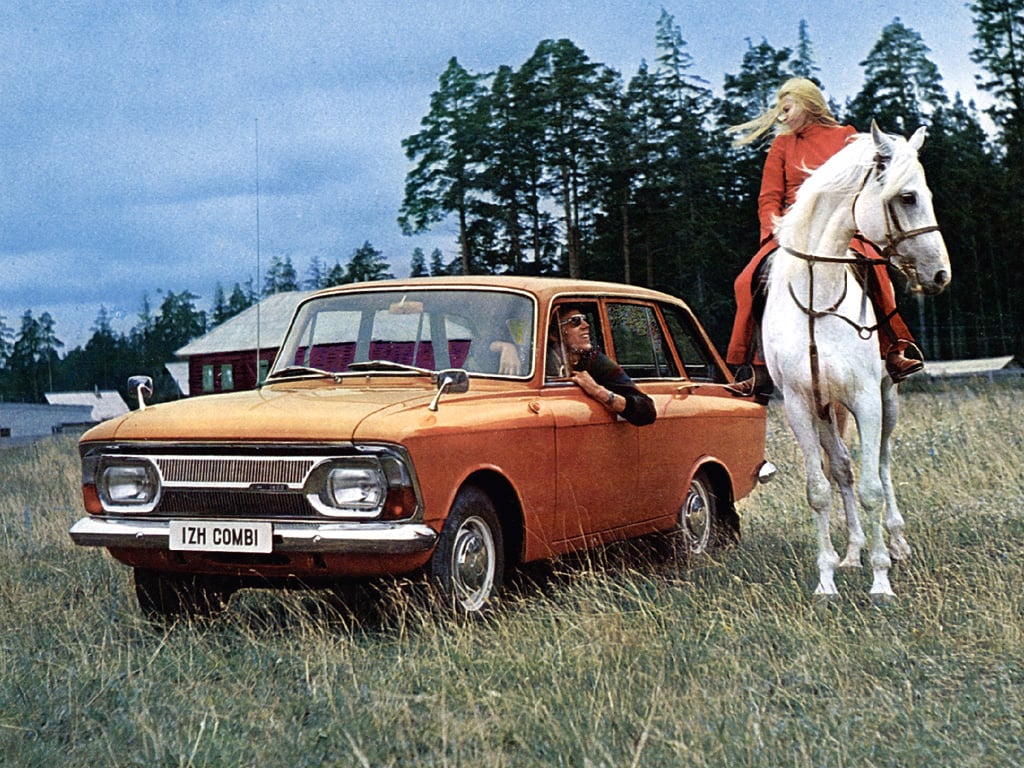
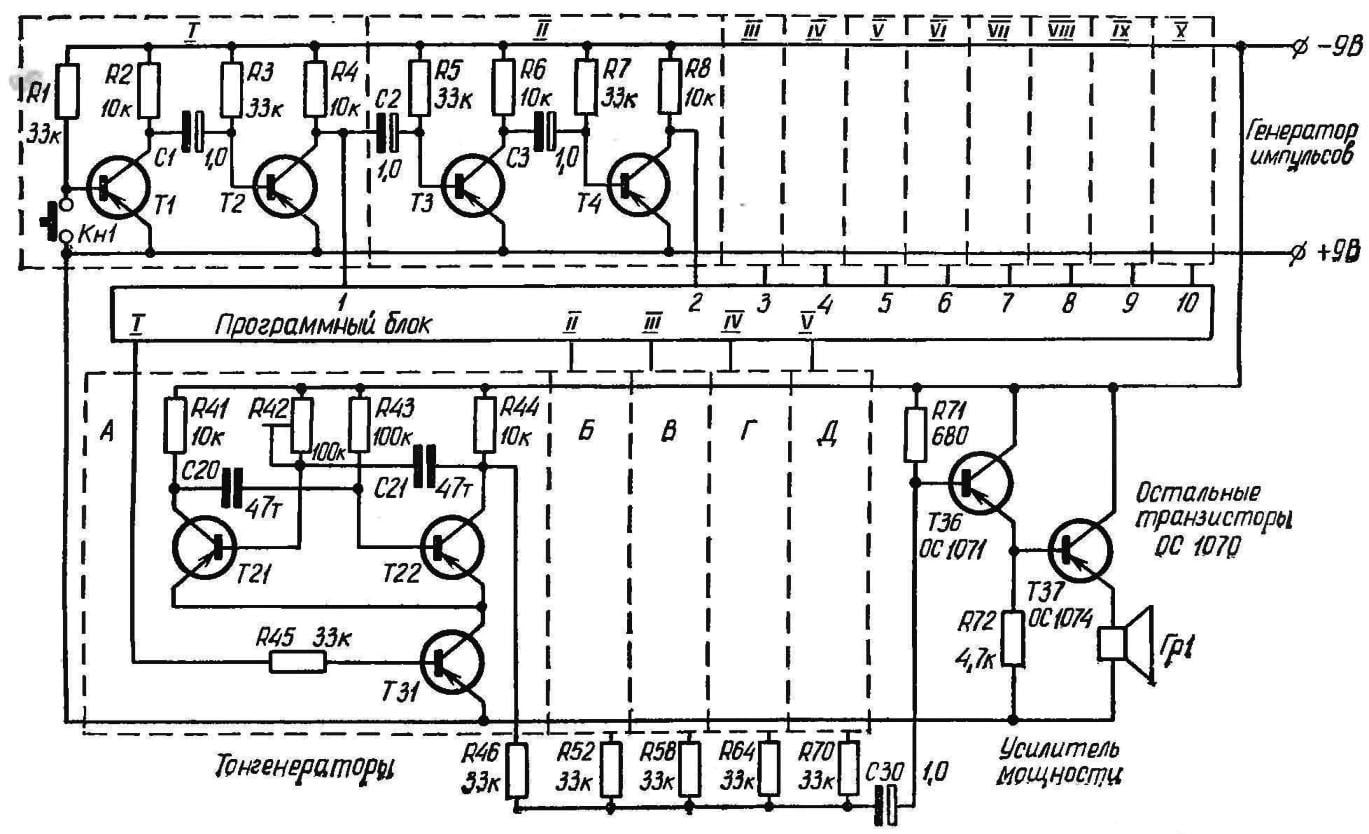

 Since ancient times people admired the music box. Their creation was only very skilled mechanics, who had besides an ear for music. Now the progress of technology made it easier. Electronic box whose schema is shown in figure 1, may collect even the ham is not very high qualifications. But a musical ear is still required.
Since ancient times people admired the music box. Their creation was only very skilled mechanics, who had besides an ear for music. Now the progress of technology made it easier. Electronic box whose schema is shown in figure 1, may collect even the ham is not very high qualifications. But a musical ear is still required.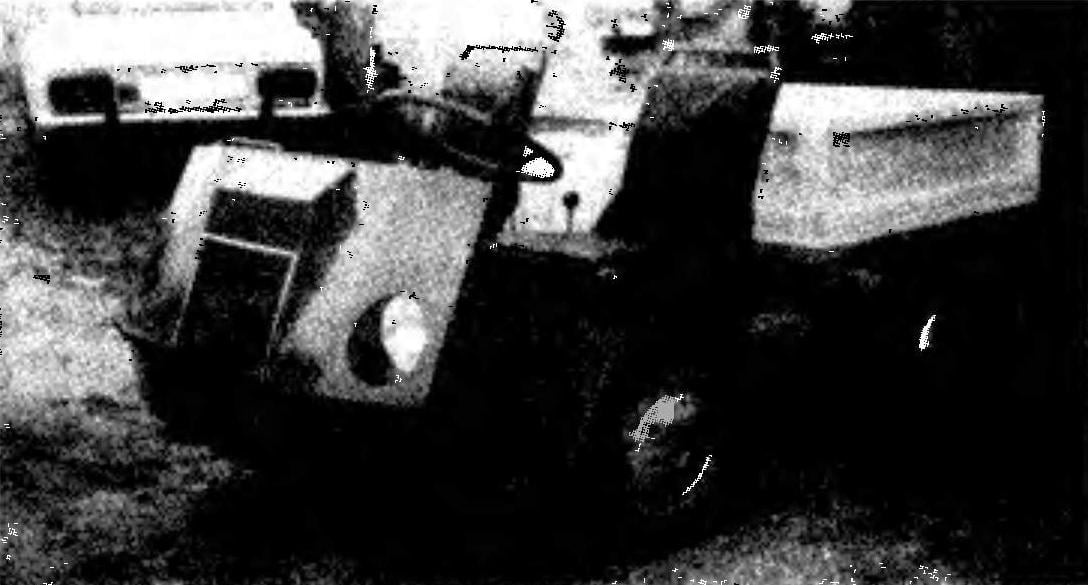
 It I designed for the needs of their country farms to remove construction debris from the site, and bring back to the ground. Therefore, the body — dump type with a hinged tailgate. The truck is small, because storage was provided along with the “Zhiguli” in the standard garage dimensions 6×3,2 m dimensions of the machine 2000x1100x1050 mm; track width — 920 mm, base — 1030 mm Wheel —motorized С3Д.
It I designed for the needs of their country farms to remove construction debris from the site, and bring back to the ground. Therefore, the body — dump type with a hinged tailgate. The truck is small, because storage was provided along with the “Zhiguli” in the standard garage dimensions 6×3,2 m dimensions of the machine 2000x1100x1050 mm; track width — 920 mm, base — 1030 mm Wheel —motorized С3Д.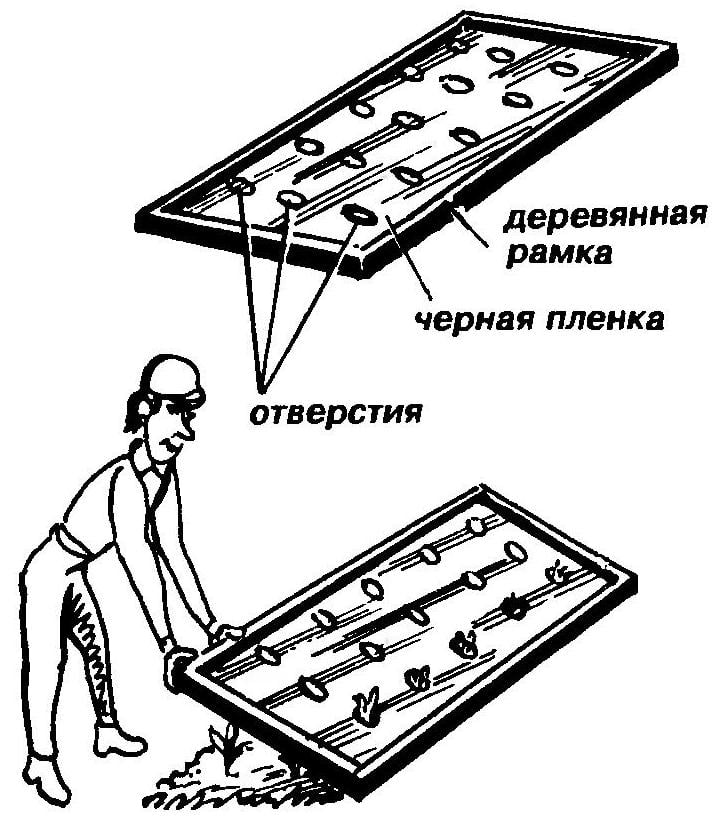
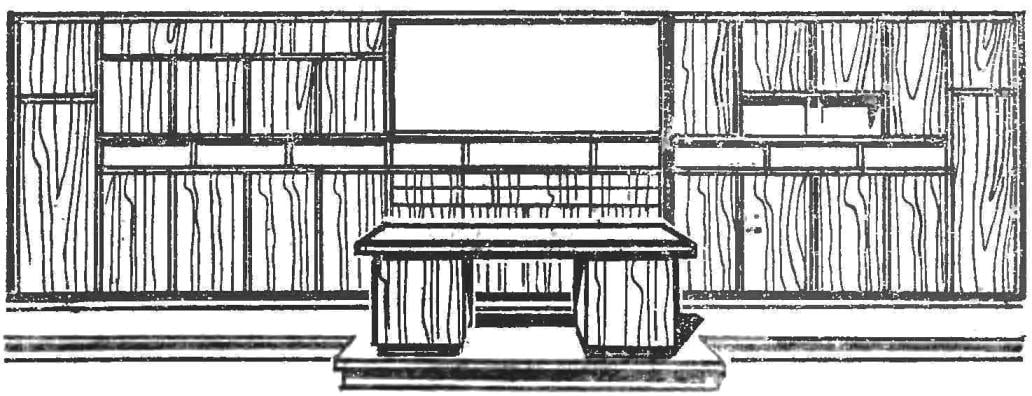
 Under this title in one of last numbers we published a compendium of universal furniture for school workshops. Judging by the reader reviews she has received with great interest the letters to the editor, in replies to our questionnaire there were many proposals to continue such publications.
Under this title in one of last numbers we published a compendium of universal furniture for school workshops. Judging by the reader reviews she has received with great interest the letters to the editor, in replies to our questionnaire there were many proposals to continue such publications.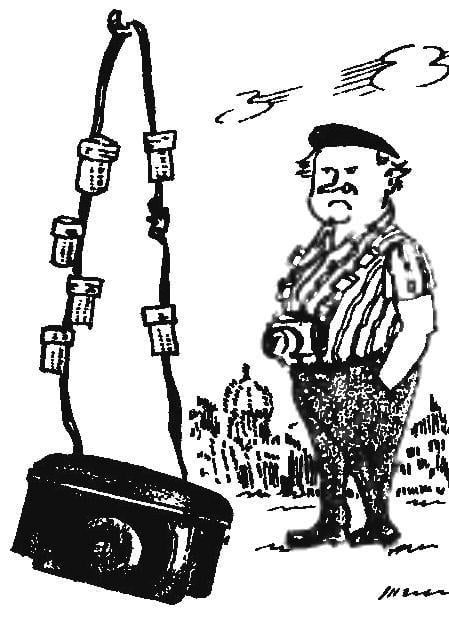
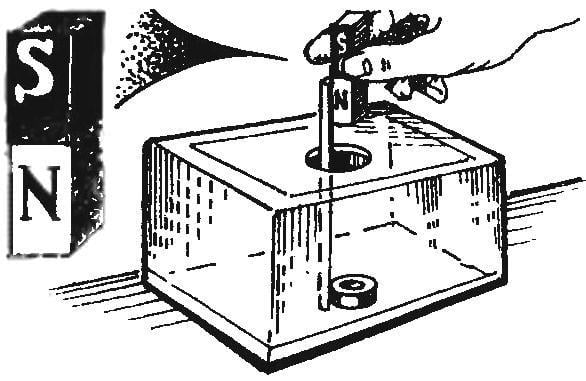
 In the repair of equipment there are times when a small detail falls into such a place, where to get it very difficult. And if a piece fell inside some mechanism? Then the continued operation is fraught with serious breakages.
In the repair of equipment there are times when a small detail falls into such a place, where to get it very difficult. And if a piece fell inside some mechanism? Then the continued operation is fraught with serious breakages.
 In Newspapers and magazines, no-no, and appeared as curiosities, pictures of miniature models of sailing ships, sealed in the bottle. I always looked at them with admiration and envy, but in the nature of such or similar products never met.
In Newspapers and magazines, no-no, and appeared as curiosities, pictures of miniature models of sailing ships, sealed in the bottle. I always looked at them with admiration and envy, but in the nature of such or similar products never met.
 Hams, self-repairing computers and modern means of automation or manufacturing such equipment, are faced sometimes with the need to record information in the chip programmable logical matrices (PLM). With similar problems they have, for example, to meet when you combine the joystick with the keyboard on the basis of MC КР556РТ1 (КР556РТ2). However, it may be that the existing programmer (even among the so-called universal) are not designed for firmware of these chips. To buy new, more specialized and costly electronic device is not always justified. Another thing is to modify what is already at hand.
Hams, self-repairing computers and modern means of automation or manufacturing such equipment, are faced sometimes with the need to record information in the chip programmable logical matrices (PLM). With similar problems they have, for example, to meet when you combine the joystick with the keyboard on the basis of MC КР556РТ1 (КР556РТ2). However, it may be that the existing programmer (even among the so-called universal) are not designed for firmware of these chips. To buy new, more specialized and costly electronic device is not always justified. Another thing is to modify what is already at hand.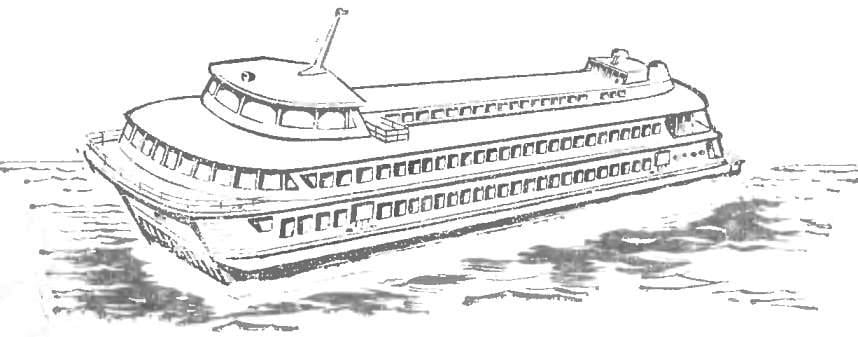
 The day was cold, the autumn; the sea was rough. Gathered on the dock quietly talking, glancing at the captain of the ship.
The day was cold, the autumn; the sea was rough. Gathered on the dock quietly talking, glancing at the captain of the ship.